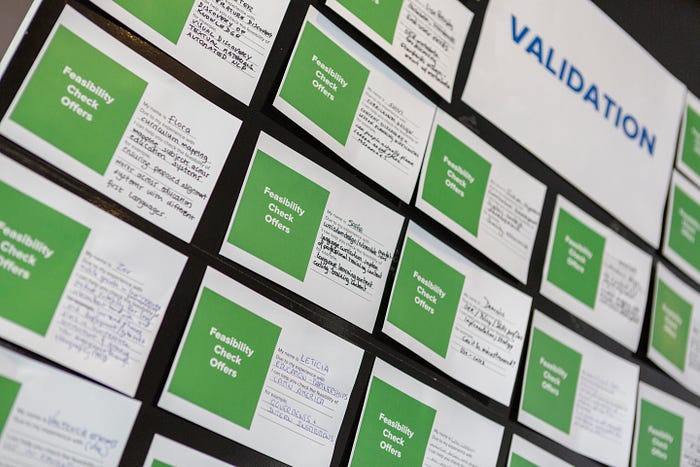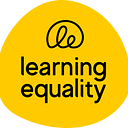Report Release: Design Sprint on Curriculum Alignment in Crisis Contexts
As part of a multi-stakeholder effort to develop a semi-automated alignment tool to support curricular alignment, we are delighted to join our colleagues in releasing a report that explores the basic question, “How can we automate parts of the curriculum alignment process to make it easier to discover appropriate digital resources for our unique contexts?”

Generally speaking, while there is an abundance of open educational resources, they are not often categorized against different national systems or are not organized in a way that facilitates self-guided discoverability. The process to do this is often time-intensive and remains a moving target, with additional digital resources in constant production. This is especially challenging in emergency and crisis contexts where there is a need to quickly categorize and align digital materials to reduce friction in the adoption of educational technology to support learning.
To respond to this need, Learning Equality, UNHCR, Google.org, Vodafone Foundation, and UNESCO are aiming to produce a tool or series of tools that help to automate aspects of the alignment process. It is the intention that by integrating the outputs of these efforts more fully with policy work, and strengthening cohesion around existing projects in the space to benefit both refugee and Open Educational Resource (OER) communities, that we will be generating a useful public good. These efforts are part of a broader collaboration working with refugees and partner organizations to explore utilizing digital education to support learning in these contexts.
After a two-year process of research and stakeholder consultation, these organizations held the first of a series of sprints to work towards the development of such a tool in Paris in March 2019. Following UNESCO Mobile Learning Week, 28 individuals from 10 countries representative of curriculum development experts, developers, designers, and potential users came together and identified six promising areas for further exploration and development: contextual display and creation of metadata, automated curriculum mapping, teacher-generated content annotations, automated generation of learning pathways, community-created content, and gathering of qualitative feedback on content.

Building on the designs from this sprint, a hackathon event will take place this week to focus in on one of these areas and collectively hack on the first prototype for the tool. We’re focusing on curriculum mapping because it is the most practical and a great first milestone, but please stay tuned to this blog series or reach out to us at design2align@learningequality.org to get involved if you want to pursue taking one of the other projects further.
This report announcement is another installment in our Design2Align blog post series which has covered topics such as contextual display and creation of metadata, teacher-generated content annotations, technical considerations in OER for curriculum alignment facilitation, open models for just-in-time learning pathway recommendations, and using feedback and data to help generate intelligent and adaptive content recommendations.

